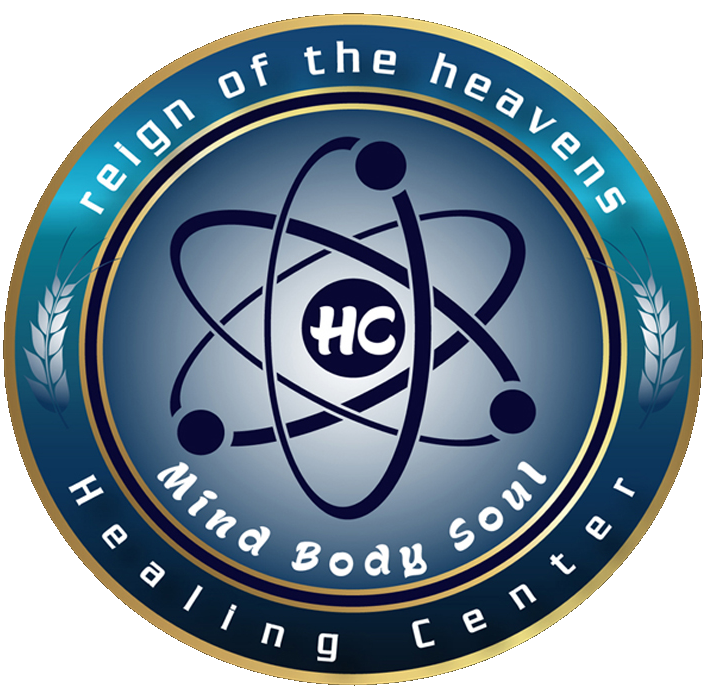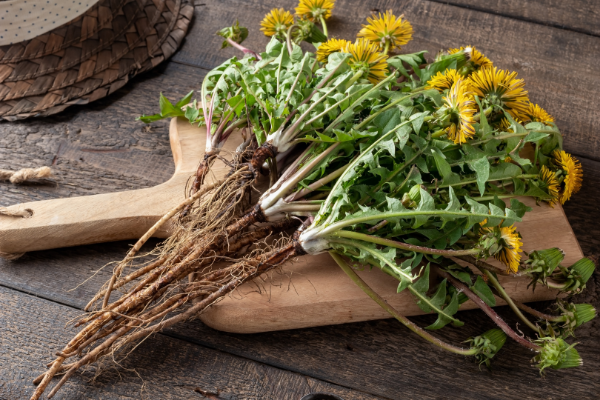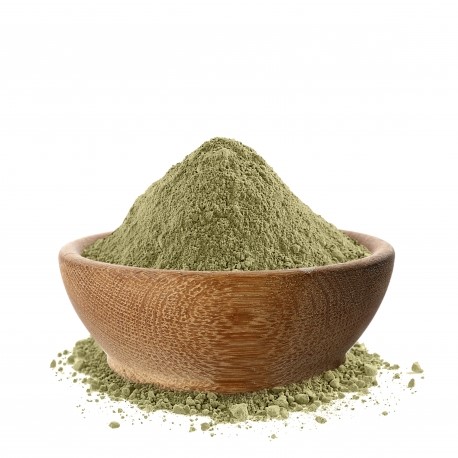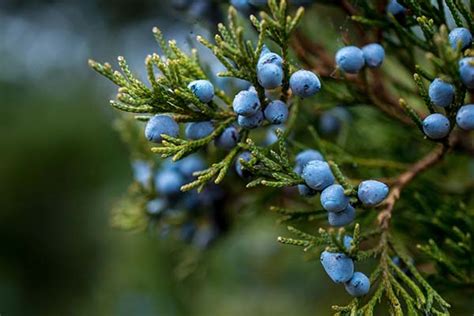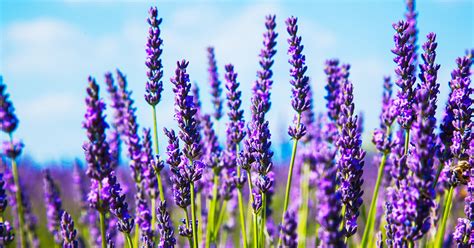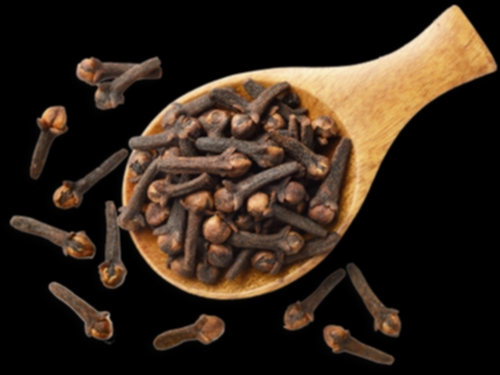USES FOR DANDELIONS
Rather than being frustrated with Dandelions invading your lawn this year, why not embrace them? They offer amazing medicinal properties and are tasty wild food too. In case you didn’t know, European settles came to America with Dandelion seeds in hand because they didn’t want to miss out of not having this precious plant with them in the New World. We have our forefathers to thank for this golden treasure. As a child, I remember my grandfather religiously made Dandelion wine for one of his health tonics.
So, what exactly should you do with the multitude of Dandelions? To start with, only harvest Dandelions from lawns that have not been sprayed in several years. Stay away from high traffic areas where there may be contamination from pets or other offenders. If all else fails, you can purchase the greens at your local food coop. However, in my opinion, that takes the fun out of the “hunt”.
Use the Dandelion:
1. Pick and eat the young leaves for a spring tonic.
The tender young spring leaves are loaded with calcium, vitamin C, vitamin K1, potassium, magnesium and beta-carotene. Simply add leaves to your salad if you are new to wild foods as they have a pleasant bitter flavor. The bitter flavor detected by your tongue starts and entire cascade of events happening in your body. Digestive benefits begin to take place. Firstly, the bitterness of the greens causes your body to increase the saliva flow which, in turn, breaks down carbohydrates. Protein digestion is aided by increased HCL production in your stomach and fat digestion benefits by increased bile flow from the gallbladder and liver. All of these reactions are a result of that bitter flavor of the Dandelion leaf. The Dandelion leaf also acts as a diuretic. In other words, they will help you remove excess fluids and dampness from your body. By either making a tea from the leaves or eating the greens, you can experience the diuretic properties of this plant.
2. Eat the flowers
3. Make the flowers into a relaxing massage oil.
Dandelion oil can be used to relieve muscle stiffness or achy joints. It’s really easy to make. Just fill a small mason jar with fresh dandelion flowers. Pour the oil over the dandelion flowers and fill the jar to the top. Cover with a lid and let sit in a dark, cool spot for 6 weeks. Strain the dandelion flowers out of the oil with cheese cloth and transfer the oil to a new clean jar. Store it in a cool dark place. If you put it in the refrigerator, it should last well over a year.
4. Build your bones with Dandelion shoots, roots and leaves infused in apple cider vinegar.
Dandelion infused vinegar is filled with minerals, especially calcium, boron and other bone building essentials. Use the vinegar for making salad dressings, taking shots, or adding a couple of teaspoons to your drinking water. This is one of THE best ways to get good vitamins and minerals for healthy bones.
Dandelion Infused Vinegar
Ingredients
- 1 large jar with lid
- As many Dandelions (shoots, root and leaves) as will fit in the jar
- Organic apple cider vinegar
Instructions
- Thoroughly wash the Dandelion leaves, and scrub the dandelion roots, then chop both into medium size pieces.
- Fill a large jar with Dandelion parts.
- Pour the vinegar until the dandelions are covered.
- Shake well, and leave in a cupboard for six weeks.
- Strain through an unbleached coffee filter or cheese cloth into clean, sterilized jars.
5. Eat the stems to cleanse the gall bladder and balance blood sugar.
In Maria Treben’s book, Health through God’s Pharmacy, she talks about how good Dandelions are for disorders of the pancreas, liver, gall, spleen and blood. Maria encourages eating 10 fresh Dandelion stems for 3 weeks to reduce blood sugar levels, act as a gall bladder cleanse for stones, and for gout, rheumatism and to improve skin conditions.
The stems are chewed slowly and will taste bitter to start with, but only get better the longer you chew them
A comprehensive review of the benefits of Taraxacum officinale on human health
Taraxacum officinale (G.H. Weber ex Wiggers), commonly called dandelion, is a perennial plant belonging to the family Asteraceae. This plant is found in Europe, Asia and North America and is a very common weed spreading in gardens, agricultural crops, pastures and wasteland. The plant is about 40 cm tall and is characterized by yellow to orange flowers and jagged leaves (Fig. 1). The name “Taraxacum” comes from the Greek words “taraxos” (disorder) and “akos” (remedy). The word “officinale” denotes a plant having medicinal properties. It is noteworthy that this herb has been used as a medicinal plant from ancient times. The root and the young tops are mainly used for medicinal purposes (Grieve 1931; Rasool and Sharma 2014; Stewart-Wade et al. 2002). The young leaves of Taraxacum officinale are also used as a food in salads, drinks and vegetable dishes, due to its nutritional value. Research studies show that the Taraxacum officinale leaves contain high concentrations of fiber, minerals, vitamins and essential fatty acids (Escudero et al. 2003).
Taraxacum officinale has many medicinal properties, due to phytochemicals found in flower, leaf and stem and roots of the plant. The main phytochemicals are: carotenoids; flavonoids (e.g., quercetin, chrysoeriol, luteolin-7-glucoside); phenolic acids (e.g., caffeic acid, chlorogenic acid, chicoric acid); polysaccharides (e.g., inulin); sesquiterpene lactones (e.g., taraxinic acid, taraxacoside, 11β,13-dihydrolactucin, ixerin D, taraxacolide-O-β-glucopyranoside); sterols (e.g., taraxasterol, β-sitosterol, stigmasterol); triterpenes (e.g., α-amyrin) (Amin Mir et al. 2013; Singh et al. 2008) (Fig. 2).
Diuretic activity and treatment of urological diseases
One previous study found that Taraxacum officinale extracts have diuretic activity in a mouse model (Râcz–Kotilla et al. 1974). A study by Clare et al. (2009) showed that this plant ethanolic leaves extract increases urinary frequency and fluid excretion in healthy individuals. Other two studies showed a positive effect of Taraxacum officinale extract on the treatment and prevention of kidney diseases, such as urolithiasis (Ghale-Salimi et al. 2018; Karakus et al. 2017) (Table 1).
Hepatoprotective effects
Research studies reveal that Taraxacum officinale is useful for preventing and treating liver diseases. One study showed that two polysaccharides found in this plant are effective for preventing acetaminophen (APAP)-induced liver injury (AILI) in a mouse model (Cai et al. 2017). A study by Colle et al. (2012) found that this plant leaf extract has hepatoprotective activity against APAP toxicity. Other studies demontrated that Taraxacum officinale leaves extract is able to prevent and treat non-alcoholic fatty liver disease (NAFLD) (Davaatseren et al. 2013a, 2013b). One previous study showed that this plant leaf extract has hepatoprotective activity against sodium dichromate-induced liver injury in vivo (Hfaiedh et al. 2016). A study by You et al. (2010) found that Taraxacum officinale root aqueous extract can prevent alcohol-induced liver damage and another study showed that two polysaccharides isolated from this plant exert protective effects against hepatic damage in vivo (Park et al. 2010) (Table 1).
Activity against colitis
A previous study showed that Taraxacum officinale root extract can exert therapeutic property in ulcerative colitis, using in vitro and in vivo models (Ding and Wen 2018). Another study found that this plant is able to prevent colitis in a mouse model. In this study, Taraxacum officinale extract seems to have a stronger effect than an anti-inflammatory drug on preventing colitis. In particular, this plant prevented colitis through anti-oxidative, anti-inflammatory and regenerative activities (Han et al. 2017). One previous study found that a Taraxacum officinale polysaccharide can ameliorate ulcerative colitis (Wang et al. 2017). Another study demonstrated that taraxasterol is effective in the treatment of acute colitis in vivo (Chen et al. 2019a). Finally, a study by Chen et al. (2019b) showed that Taraxacum officinale extract is able to improve the symptoms of colitis controlling fatty acid metabolism and dysbiosis (Table1).
Effects on the immune system
Previous studies found that Taraxacum officinale extract improves immunity, increasing nitric oxide (NO) and cytokines production in mice (Kim et al. 1998; Lee et al. 2012). Another study showed that taraxasterol can activate the Bax/Bc1-2 anti-apoptotic signalling pathway, which is downregulated in autoimmune disorders (Sang et al. 2019). A study by Tan et al. (2017) found that Taraxacum officinale extracts ameliorate the immune response in vivo (Table 1).
Antiviral activity
A study by Han et al. (2011) showed that aqueous Taraxacum officinale extract has antiviral activity in vitro, inhibiting human immunodeficiency virus type 1 (HIV-1) reverse transcription and replication. Another study found that this plant extract is able to prevent influenza infections by inhibiting virus replication (He et al. 2011). A recent study by Yang et al. (2020) showed that Taraxacum officinale extract has antiviral activity in vitro against hepatitis B virus (HBV) and the bioactive compound which exerts this action is taraxasterol. Other studies found that this plant extract has antiviral activity against the dengue virus serotype 2 (DENV2) (Flores-Ocelotl et al. 2018) and the hepatitis C virus (HCV) (Rehman et al. 2016) (Table 1).
Antifungal activity
A recent study by Liang et al. (2020) found that Taraxacum officinale can inhibit Candida albicans by disrupting the cell wall (Table 1).
Antiarthritic activity
A previous study showed that taraxasterol from Taraxacum officinale possesses antiarthritic effect by inhibiting inflammation in vivo (Wang et al. 2016) (Table 1).
Antibacterial activity
Two previous studies found that oligosaccharides and polysaccharides isolated from Taraxacum officinale exhibit an antibacterial effect against Staphylococcus aureus, Escherichia coli and Bacillus subtilis (Qian et al. 2014; Wang 2014). A study by Kenny et al. (2015) showed that Taraxacum officinale root extract has antibacterial activity against Staphylococcus aureus and Bacillus cereus. Another study found that Taraxacum officinale leaves extract has strong antibacterial properties against Staphylococcus aureus and moderate antibacterial activity against Escherichia coli, Klebsiella pneumoniae and Proteus mirabilis (Diaz et al. 2018) (Table 1).
Antidiabetic activity
Two previous studies found that compounds isolated from Taraxacum officinale exhibit hypoglycemic effects via inhibition of α-glucosidase and α-amylase (Choi et al. 2018; Guo et al. 2019). Another study showed that this plant has hypoglycemic properties in an animal model and this effect might be exerted by improving insulin secretion from the β-cells of the pancreatic islets (Akhtar et al. 1985). Another study found that Taraxacum officinale leaf extract lowers fasting blood glucose level and insulin resistance in vivo (Davaatseren et al. 2013b). A study by Hussain et al. (2004) showed that Taraxacum officinale extract enhances insulin secretion from pancreatic β-cells in vitro (Table 1).
Antiobesity activity
One study found that Taraxacum officinale extracts are able to reduce body weight in a mouse model (Râcz–Kotilla et al. 1974). Previous studies showed that Taraxacum officinale exerts hypolipidemic effects in vivo (Choi et al. 2010; Davaatseren et al. 2013b) and in vitro (García-Carrasco et al. 2015). A study by Zhang et al. (2008) showed that Taraxacum officinale can inhibit pancreatic lipase in vivo and in vitro and can have an anti-obesity effect. A recent study by Aabideen et al. (2020) found that this plant has hypolipidemic activity via inhibition of pancreatic lipase (Table 1).
Antioxidant activity
Previous studies showed that Taraxacum officinale has antioxidant activity in vivo (Choi et al. 2010) and in vitro (Ivanov et al. 2018; Milek et al. 2019; Park et al. 2011). Two studies found that polysaccharides from this plant have antioxidant activity in vitro (Guo et al. 2019; Park et al. 2014). Other studies demonstrated that polyphenols contained in Taraxacum officinale exert antioxidant effects in vitro (Aabideen et al. 2020; García-Carrasco et al. 2015; Hu and Kitts, 2005; Jedrejek et al. 2017; Jedrejek et al. 2019; Lis et al. 2020) (Table 1).
Anticancer activity
Previous studies showed that Taraxacum officinale has anticancer activity in different types of cancer. One study showed that Taraxacum officinale extracts block proliferation and invasion of breast and prostate cancer cells (Sigstedt et al. 2008). Another study demonstrated that this plant extract can inhibit proliferation and growth of breast cancer cells, regulating phosphatidylinositol 3-kinase (PI3K)/ protein kinase B (AKT) pathway (Nassan et al. 2018). A study by Saratale et al. (2018) showed that Taraxacum officinale exerts cytotoxicity effects on human hepatic cancer cells. In vivo and in vitro studies found that this plant extracts can induce programmed cell death in different categories of cancer cells, such as human leukemia, colorectal, prostate and pancreatic cancer cells (Nguyen et al. 2019; Ovadje et al. 2011; Ovadje et al. 2012; Ovadje et al. 2016) (Table 1).
https://bnrc.springeropen.com/articles/10.1186/s42269-021-00567-1
